Ancient Art Carved Into Desert Varnish Give Us a Glimpse Of Time's Gifts
Been a minute, but a lot on my mind lately... this trip helped.
Hi, and welcome to my little Substack corner. I write about photography, art, design, and the craft of living creatively. I am glad you are here. Consider subscribing to keep up with what I am doing. I promise not to bore you. If you would like to support my efforts, that would be amazing and so appreciated. Either way, I am super happy you are here.
Moab and Canyonlands Flash Road Trip
We headed out early for this excursion. By we, I mean my wife and I.
We travel a lot these days. Always in the southwest and west, and always to places that we find fascinating.
I am in love with what is known as the Bears Ears, a nearly million and a half square miles of awesomeness, incredible vistas, ancient art, and rock.
Lots of rock.
Rocks so big they make you cry.
In all my time here in the southwest—my entire life—I had yet to visit Moab and the many beautiful areas around it.
I don’t know why; thanks for asking.
I have been all around it, above it, below it, and spent considerable time in the Escalante, which is also part of the Bears Ears National Monument.
What we found there has profoundly changed me.
Of all the geographical entities - mountains, lakes, deserts and such, I love canyons the most.
The Grand Canyon, Canyon DeChelly, Bryce Canyon, Black Canyon, Oak Creek Canyon.
If there’s a big hole in the ground, I am there for it.
But I have never seen a canyon, or canyon area like Canyonlands National Park.
Ever.
I will share some images from that area when I get a chance, and soon.
Today I want to share some images of artists from long, long ago found in these wild and rugged canyons.
And yeah, you may have seen them before, but I love this stuff so much and want to share it with you.
West of Moab, Utah, there is a road named Potash. It leads off to a potash mine. They make fertilizer with Potash, and they mine it from deep in the ground along the Colorado River, deep in a canyon.
The cliffs on the right side of the road going west, and the river bank of the mighty Colorado along the left side. The dichotomy is not lost on the traveler. Unmovable stone next to constantly moving water.
The road is decent, and now special vehicle is required.
In the image above, you can see what is called “Desert Varnish”. It is shiny, smooth sandstone that is usually dark brown, but at certain angles it reflects the sky and appears to be blue. (Angle of incidence equals angle of reflection…one of the three TRUE rules of photography.)
These cliffs are 300-400 feet high and are a favorite for climbers, although only marked routes can be climbed.
Ancient Art.
Between 1700 and 300 years ago, the Fremont people who lived in this land carved into the 190 million-year-old rock. They left symbols, figures, and hunting motifs.
Archeologists are still trying to decipher many of the carvings, but some seem simple enough. In the image above, look just above the midpoint in the darker Navajo sandstone. You will make out hunters, warriors, animals like bighorn sheep, and symbols that may be some sort of waykeeping or navigation for the people living here.
They appear to be impossibly high to carve, but in this instance, it is because the berm was taken away to build the road.
I have seen glyphs 30 - 40 ft above the desert floor where there simply is no simple explanation. You can get really involved in the lore of this stuff if you’re not careful, and find all sorts of explanations.
Some are easily understood, and some are a bit… whimsical?
Here’s a closer look at the intricate symbols and human-like figures carved into the desert varnish.
Notice the various headgear and the long arms with elongated fingers. There is also something that looks like a map or some sort of guide.
Ornate headgear and some sort of shield is visible here. Was this a great warrior, or a bored sheepherder having a bit of fun?
To have lasted a thousand years makes it interesting to me.
This panel close-up reveals a sad part of life here in the endless time of the desert.
Occasionally these slices of sandstone fall off, crumble, and are taken back by the desert they came from. Notice the difference the patina of desert varnish adds to the rock. Carving the lighter color from the darker was the best way they found to leave their mark.
If you look at the bottom of this slab, you can see where it broke off and fell. The figures are cut and we may never know what was on the other part of this magnificent piece of ancient art.
(Probably a key to the glyphs… ed.)
They tried to find it when this wall was discovered, but it was destroyed in the fall.
BTW, you don’t want to be under these things when they fall. This giant slab probably weighs as much as a bus.
I love the rock cliffs and find beauty in the shapes and designs nature provides. Frame and shoot.
You can see the Navaho Sandstone on the right, and a huge wall of Desert Varnish reflecting the sky above.
Now, if you go, know these things:
This is the desert. In the summer this is a very hot place. And summers are crowded as well.
Fall and Spring are best, but I prefer the winter. Very few people on the roads and lookouts, and the trails are open and empty.
Of course, you can also stay in a town where there isn’t a single open restaurant in February. (Looking at you, Torrey, UT.) But you can manage.
Here are some details on the petroglyphs.
Late afternoon: An afternoon excursion timed for late-day shadows on the red sandstone cliffs is recommended. Late-day viewing rewards visitors with rich colors and vivid contrasts.
Early morning: While afternoon is highly recommended, early morning visits also have their benefits, particularly for photographers.
Sunset: Timing your return trip to Moab during sunset allows you to watch the Colorado River and surrounding environment light up during the golden hour, adding a bonus to your experience.
Off-peak seasons: To avoid crowds, consider visiting during less busy times of the year. The summer months are likely to be busier, so visiting in spring or fall might provide a more peaceful experience. Winter can be cold, but the snow may add extra detail and texture.
Year-round accessibility: Since the petroglyphs are visible from the road and require little to no hiking, they can be viewed comfortably in any season, including winter.
I made a lot of images on the trip on occasions, and sometimes I took none.
We sat in the shade of a 400 foot cliff and just listened to the breeze on the water, and we stood in quiet awe looking across the vastness of the Green River Overlook.
Next time: a hike in the Grand Wash.
I do coaching for serous photographers.
When you are ready, here’s how I can help you succeed.
Group Mentorship: a small group of photographers who meet to show images, work on their portfolio, and build their businesses with help from a wonderful group. Lifetime membership for one fee.
One-on-one Mentorship: You and me - working together in an intense 6-month push to get you on the way to over $30K in additional revenue. The work we lay down will help you increase and scale your business for years ahead.
Coming in 2025, a One-on-One, 6-week plan to get your marketing system in place. You will see results immediately, and by results, I mean assigned work that pays you. More coming.

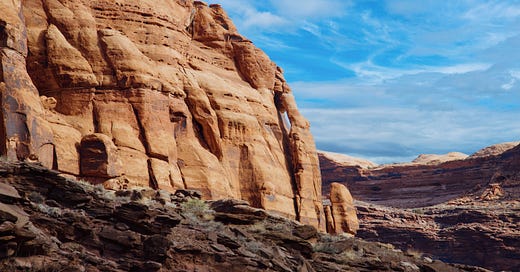



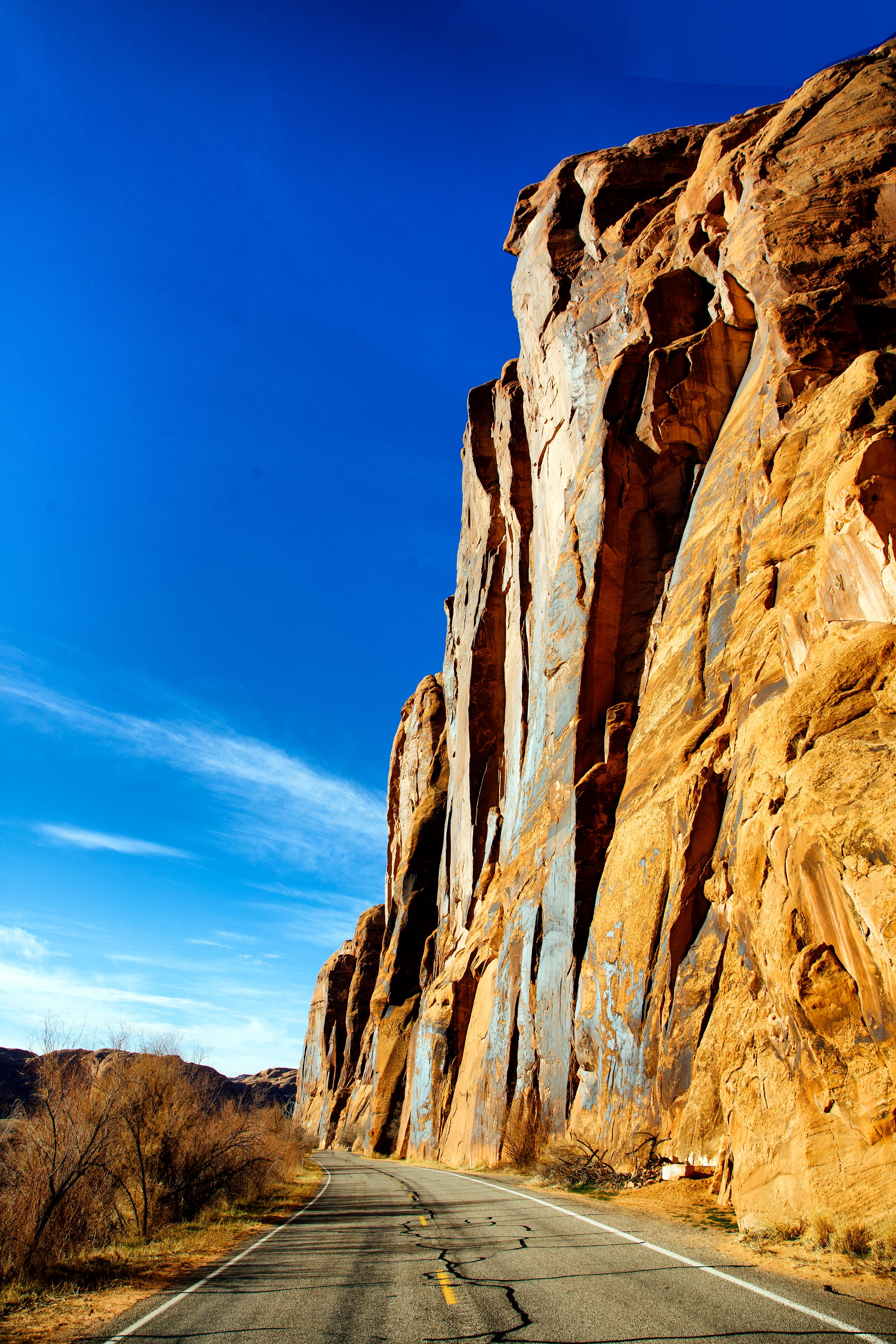
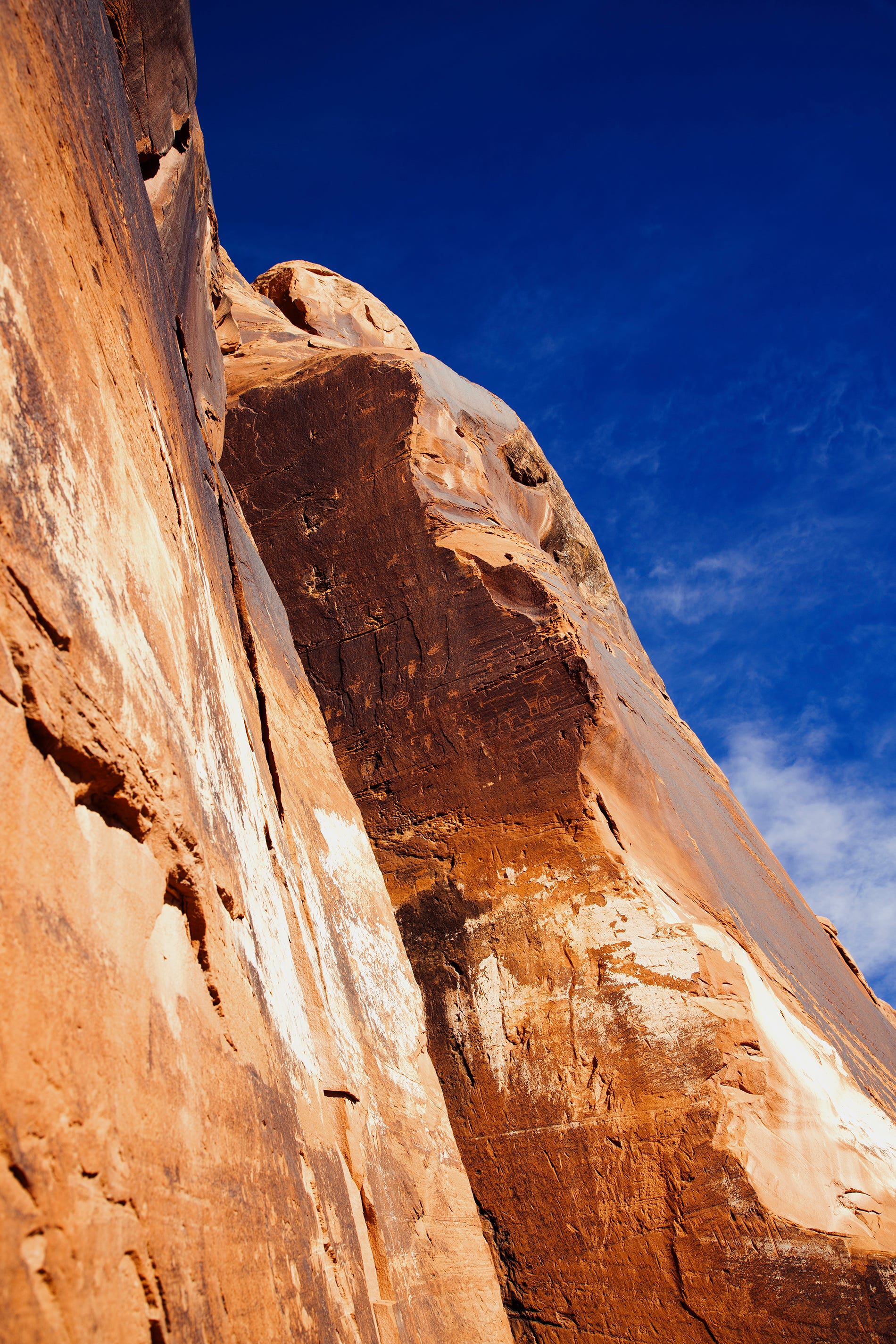
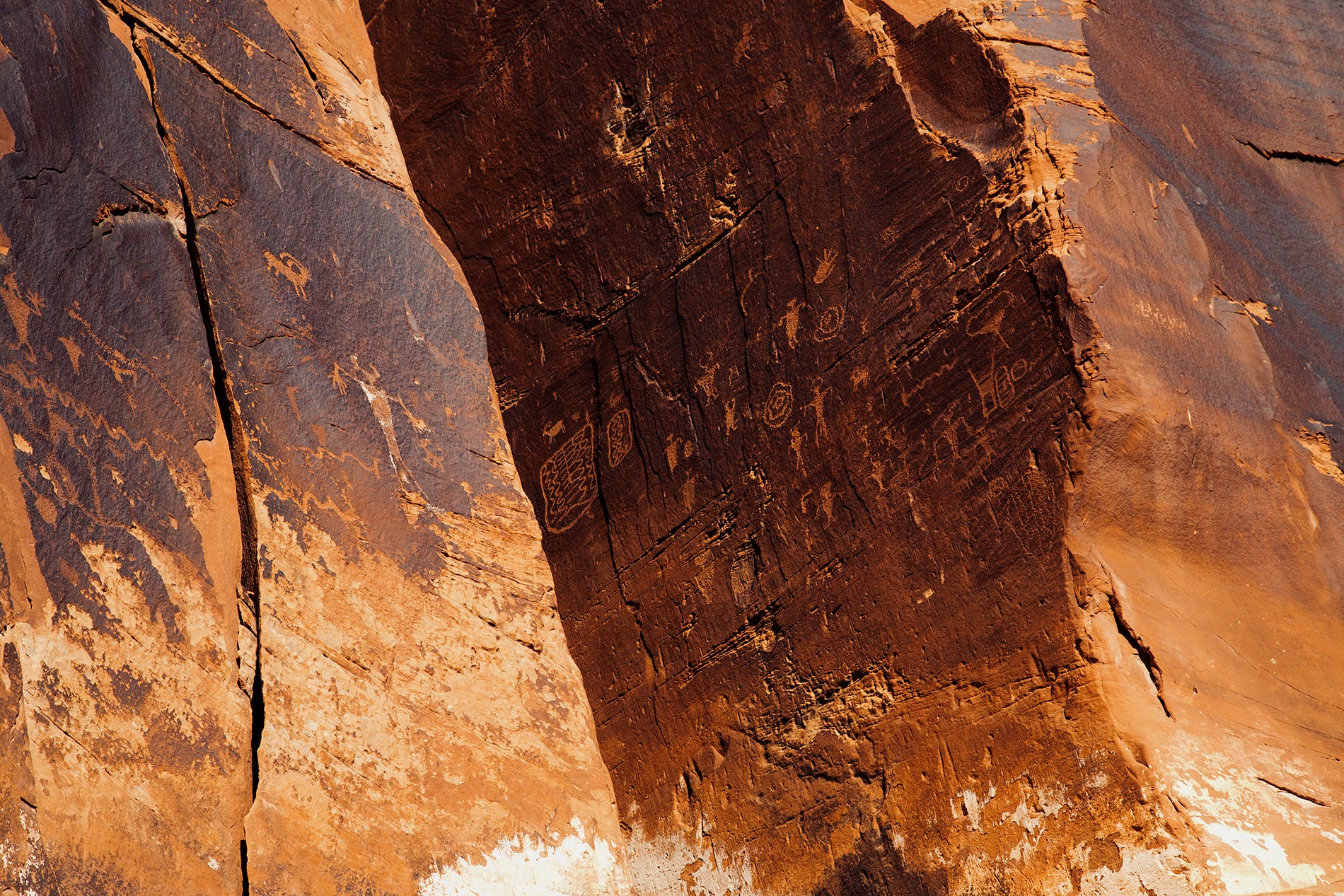
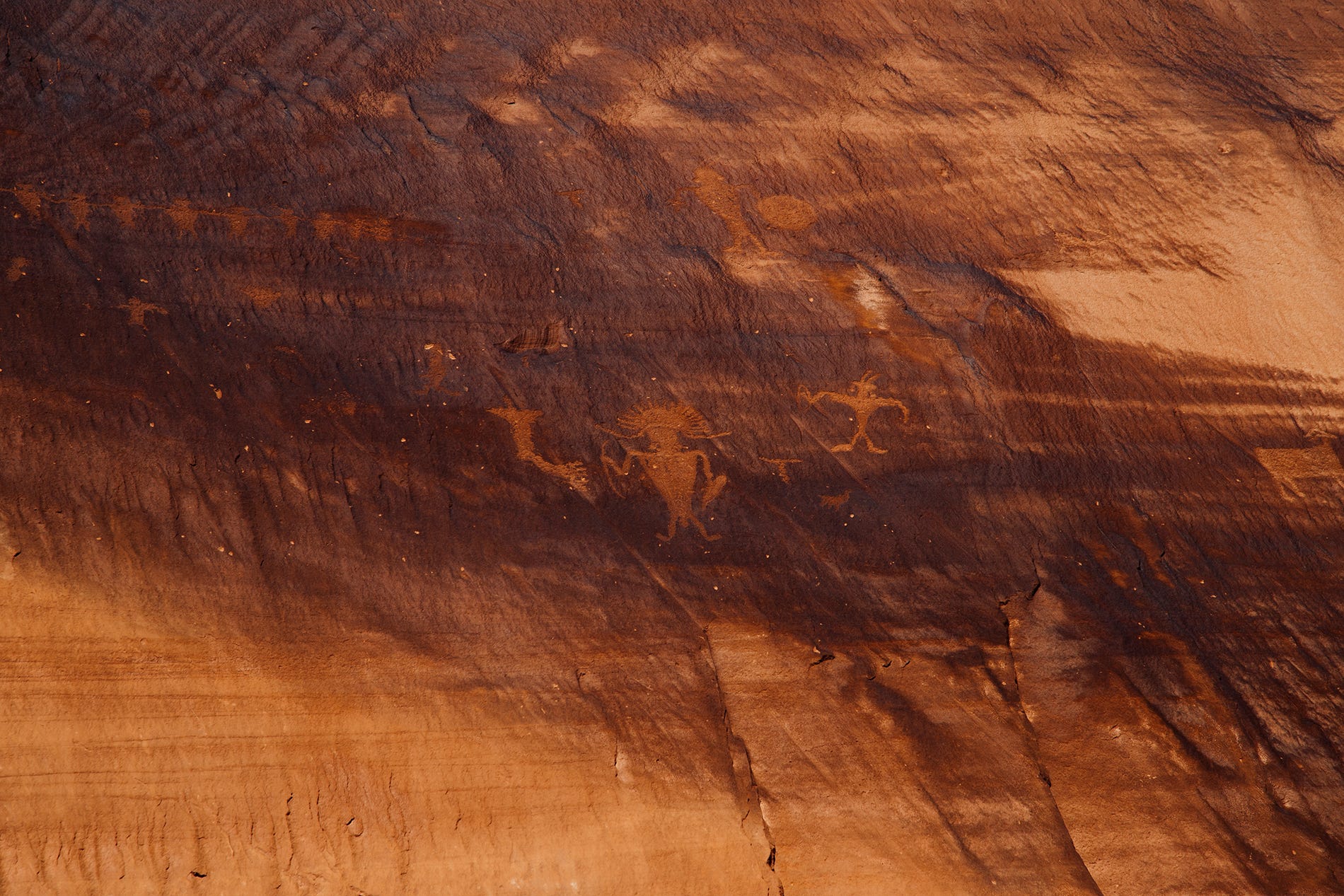
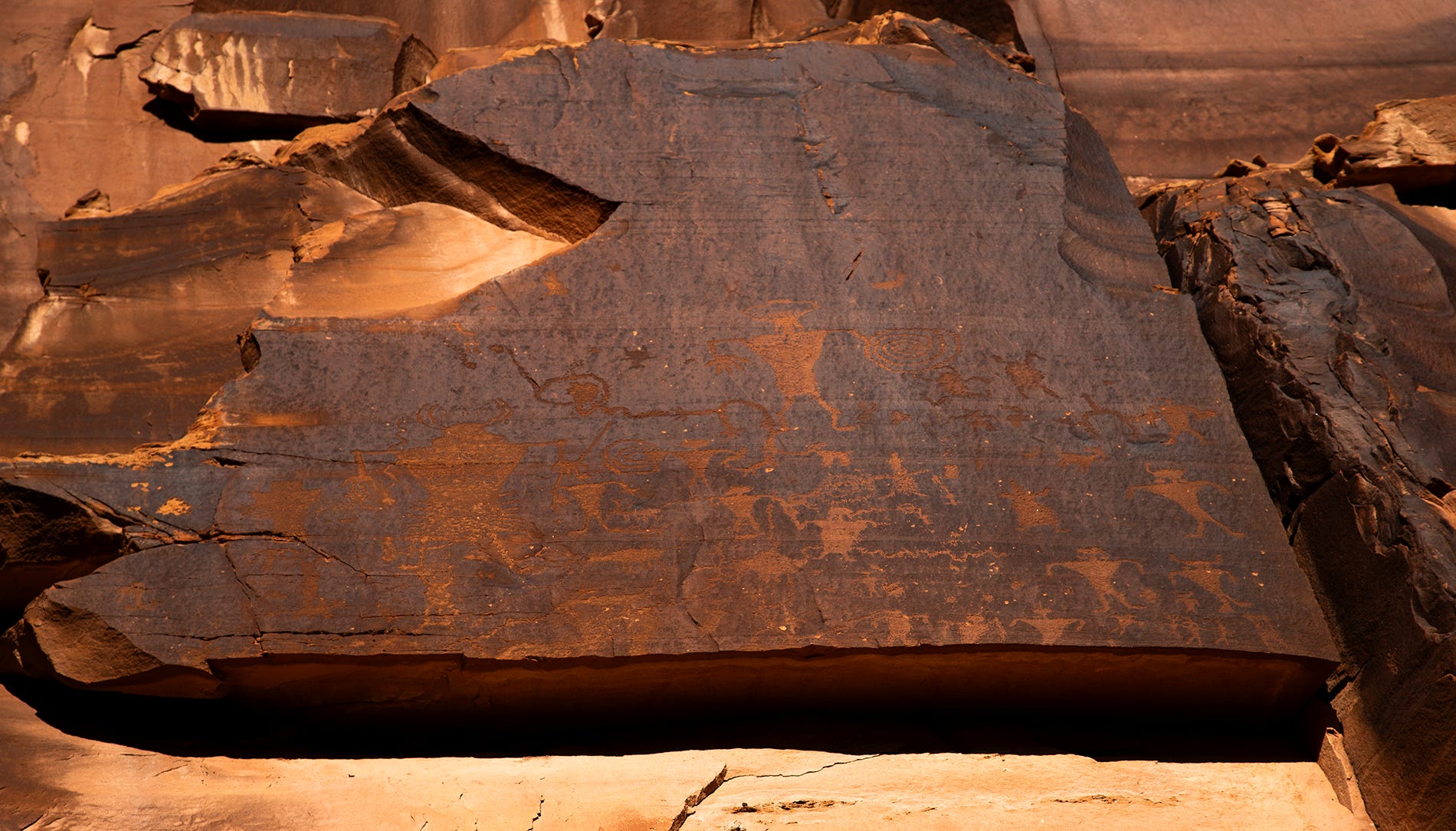
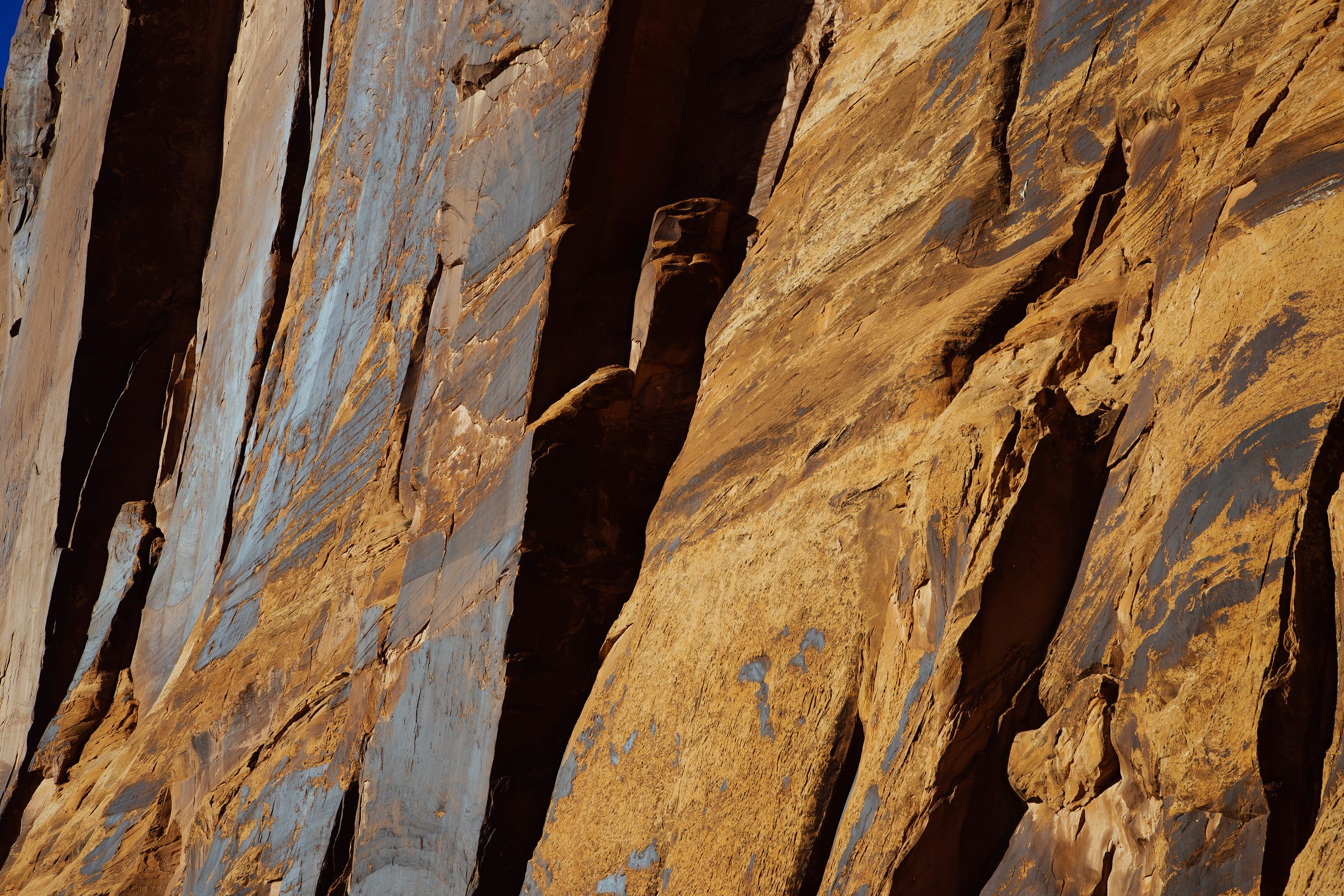

Such a beautiful area. Makes me wonder why they carved all those aliens though. 😉
Beautiful photos, Don. Each and every one is stunning and equally as interesting are the figurines and details that you have captured. I have never seen these and find them most fascinating.
I can well understand traveling this time of year, clear skies, cold nights, no haze, hopefully your favorite taco places are open to receive you. Cheers, Phyllis